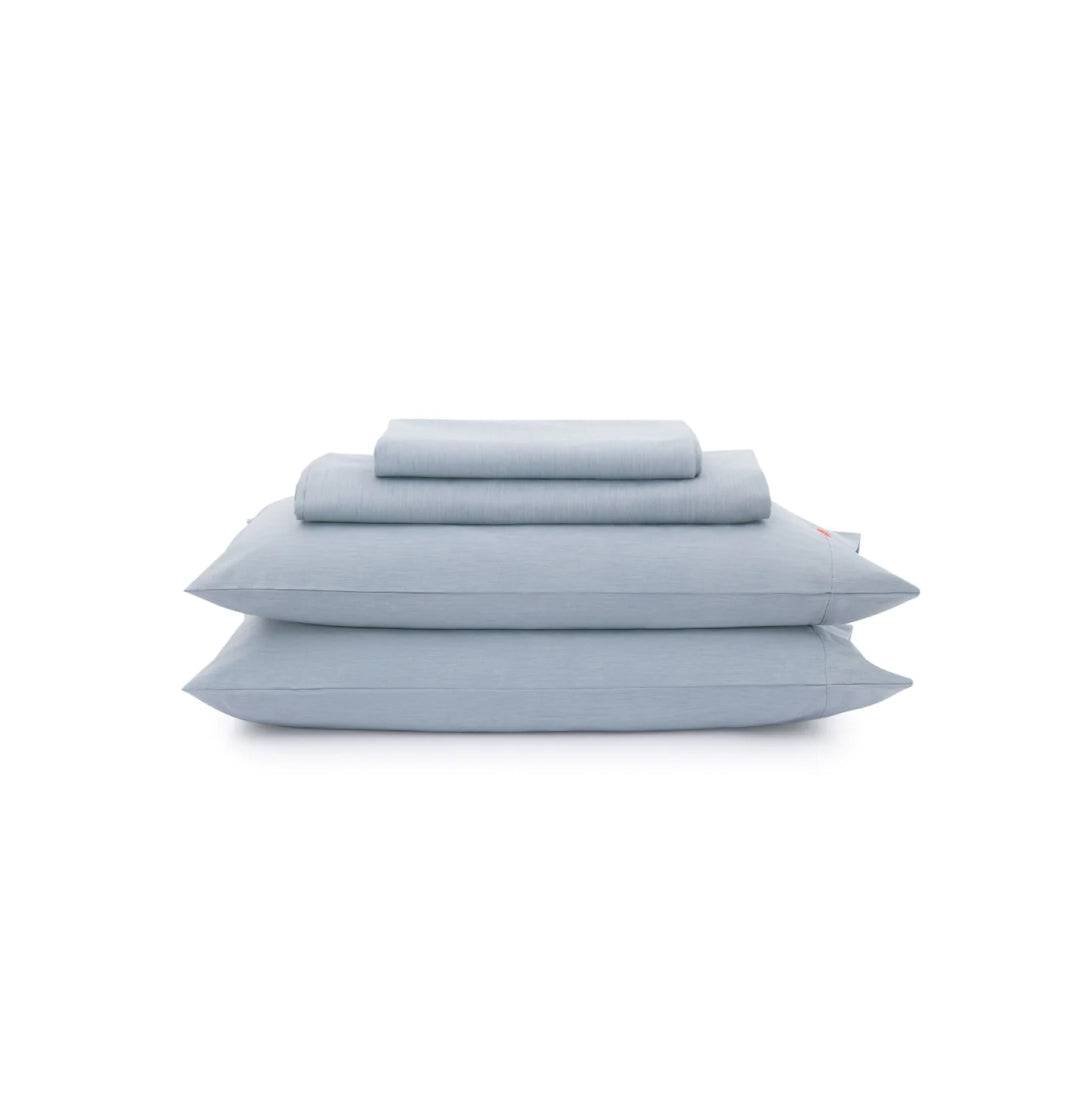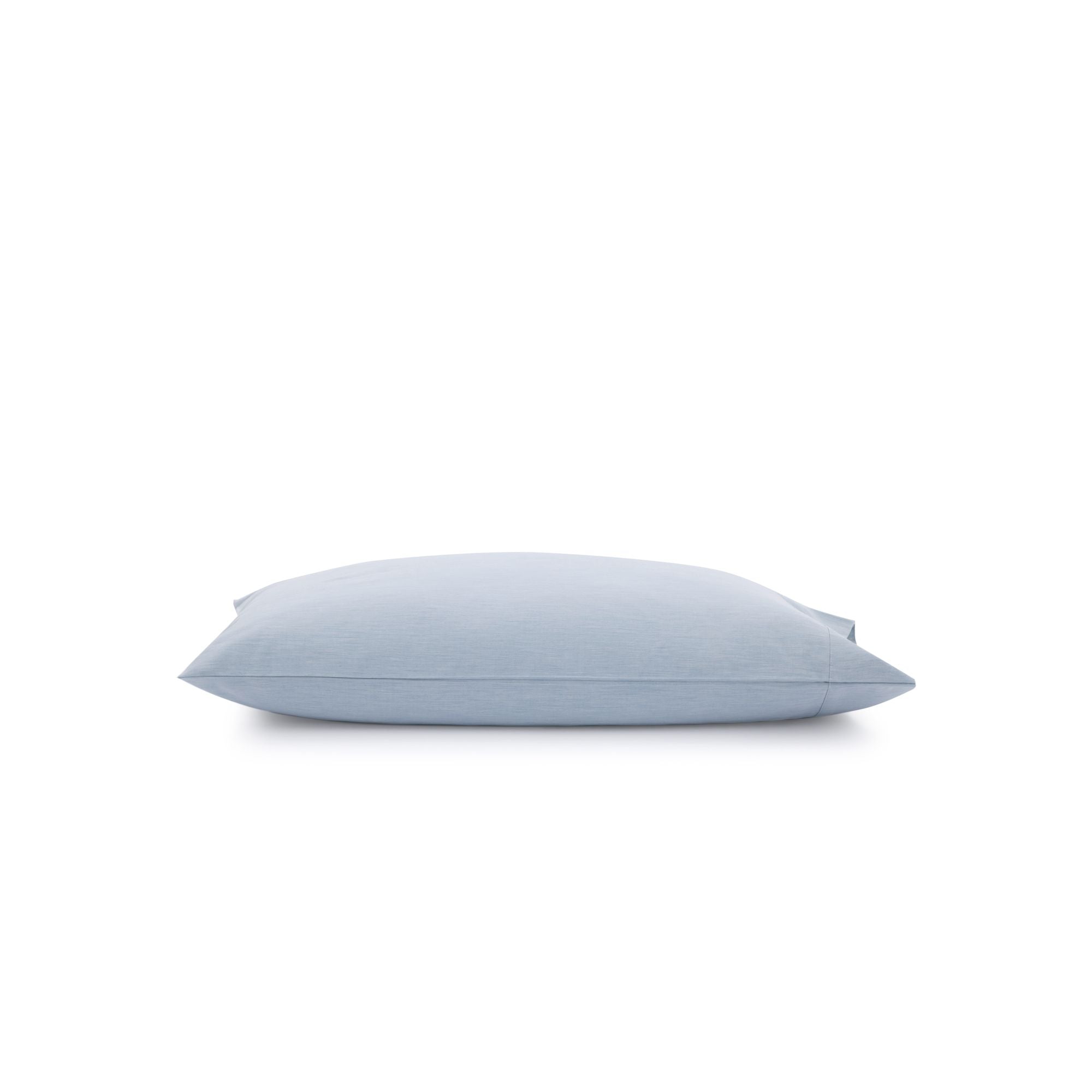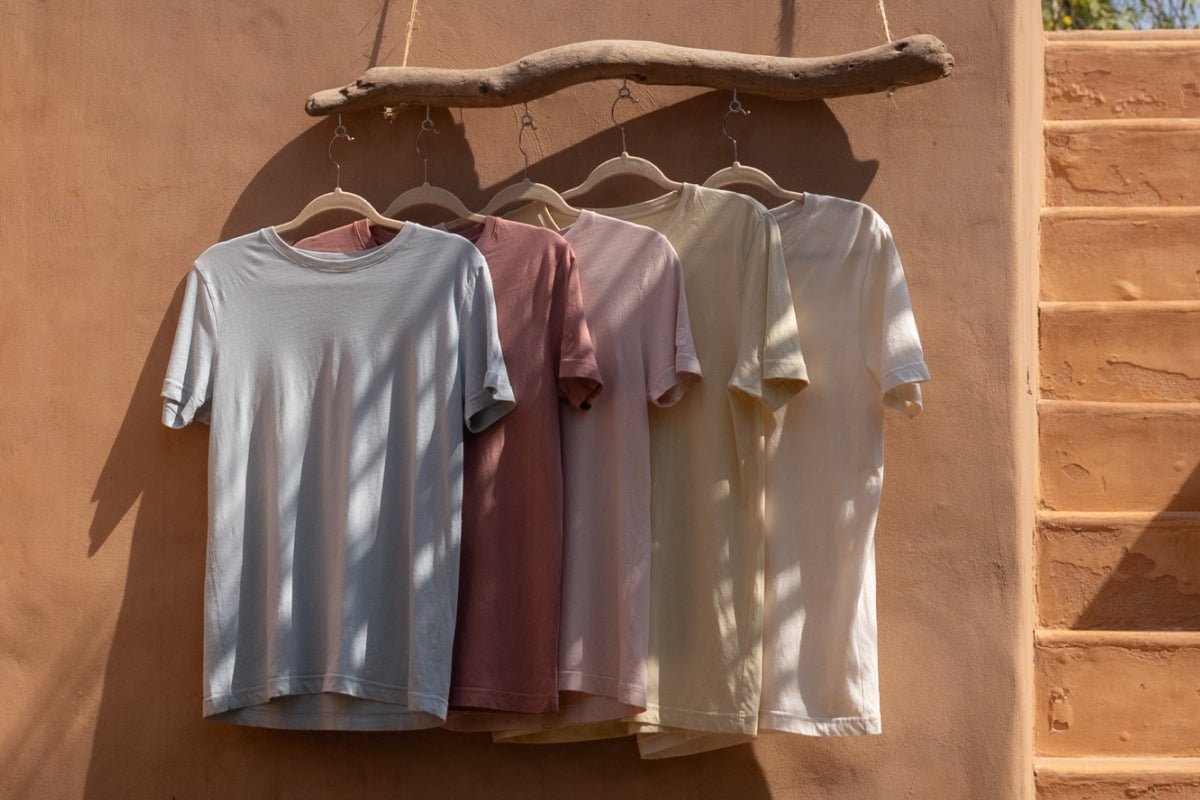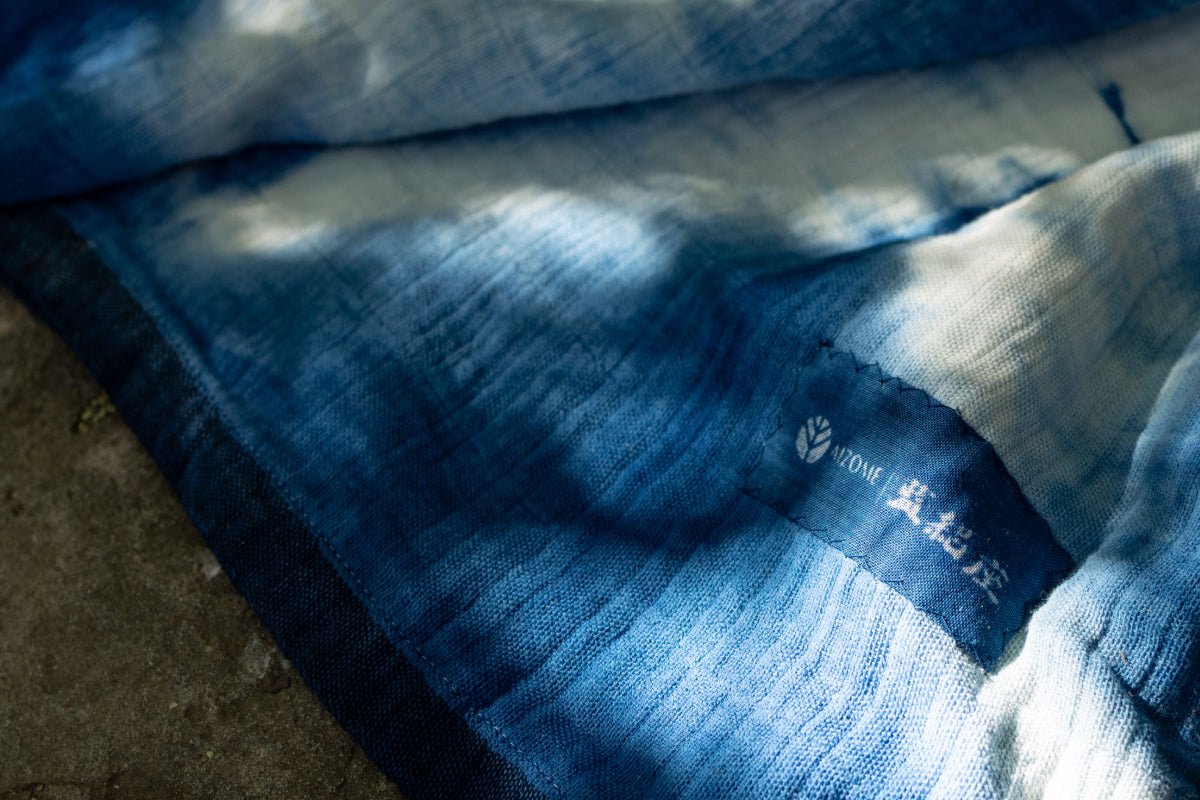#PlasticFreeJuly is a global movement encouraging the reduction of plastic use and waste. While many associate plastics with bottles and bags, the textile industry is a major contributor to plastic pollution, particularly through synthetic fibers and treatments. But what most don't realize is that even natural fibers can become a source of plastic, with a little human intervention.
Wait, organic cotton causes plastic pollution? Yep. A lot of it. But first, let's look at plastics in textile -- the known, and the very often forgotten.
Plastics in Textiles
Synthetic fibers are derived from petrochemicals and contribute significantly to environmental pollution. Synthetic fibers like polyester, nylon, and acrylic are widely used in the textile industry due to their durability and low cost (which, arguably, is only low because it does not account for the total production cost -- or environmental cost -- of using petrochemical byproduct).
Synthetic Fiber Production: Synthetic fibers constitute 63% of global fiber production, with polyester accounting for 55% of this share. The production and use of these fibers lead to significant plastic pollution, particularly in the form of microplastics released during washing.
Chemical Treatments: Beyond fibers, the textile industry heavily relies on petrochemical-based treatments and dyes to enhance fabric properties, leading to further environmental contamination -- much in the form of, you guessed it, plastic particles and chemical effluent.
Types of Fibers in Textiles
Understanding the different types of fibers used in textiles can be a bit tricky, so let's unravel it a bit:
Synthetic Fibers: Made from petrochemicals, synthetic fibers include polyester, nylon, and acrylic. They are known for their durability and resistance to wrinkles but are major sources of microplastic pollution, and are linked to health concerns such as eczema, skin sensitization, and even exposure to carcinogens or endocrine disruptors.
Semi-Synthetic Fibers: These fibers, such as rayon and modal, are derived from natural sources like bamboo or wood pulp but undergo extensive chemical processing. They can be more environmentally friendly than purely synthetic fibers but still involve significant chemical use, and because they have been so dramatically altered from their original state, claims of 'natural properties' (such as naturally antibacterial) have been so disproved that some companies have even been taken to court for these claims by the FTC.
Natural Fibers: Derived from plants or animals, natural fibers like cotton, wool, and linen are biodegradable and generally have a lower environmental impact when produced sustainably. However, natural fibers still come with their own host of considerations (and concerns). Conventional cotton farming, for instance, can be resource-intensive and involve a TON of synthetic pesticides and fertilizers.
Organic Natural Fibers: Organic farming practices -- and even better, Regenerative Organic farming practices -- produce the healthiest and least environmentally impactful fibers for textile. Yet even these can easily become microfibers full of petrochemicals if they are then treated with synthetic, petrochemical detergents, softening agents, de-sizing chemicals, anti-mold agents, and, of course, petrochemical dyes.
Meet: Anthropogenic Cellulose Microfibers
Anthropogenic cellulose microfibers are natural fibers, such as cotton that have been treated with so many synthetic chemicals that they function similarly to synthetic microfibers. And it turns out if you coat a natural fiber in enough petrochemicals, it can be as harmful as a microplastic.
Unfortunately, the lack of regulation in the industry means that many companies can call their products 'natural' or 'eco-friendly' or even 'organic' without disclosing the use of synthetic, petrochemical-derived treatments and dyes. And while certifications such as GOTS and OEKO-Tex can help to ensure the worst offenders are kept from your delicate skin, they do NOT require that dyes or treatments be free from petrochemicals. In fact, 'low-impact' and 'nontoxic' dyes are often still made entirely from synthetics.
Pollution from anthropogenic cellulose microfibers is not only a threat to marine life but also to human health, as these petroleum-based chemicals enter the air, water, our home environments, the food chain -- and our bodies.
Potential Health Risks
Chemical Additives: Textile fibers, including anthropogenic cellulose, are often treated with chemicals such as dyes, flame retardants, and other finishing agents. These chemicals can pose health risks, including skin irritation, allergic reactions, and potentially more severe conditions like cancer when they leach out and are absorbed by the human body.
Inhalation of Fibers: There is concern about the inhalation of microfibers, including anthropogenic cellulose fibers, which can become airborne. Inhalation of these fibers can lead to respiratory issues, although specific studies on anthropogenic cellulose fibers are limited.
Dermal Exposure: Direct contact with treated textile fibers can cause skin conditions such as dermatitis. This is particularly relevant for those with sensitive skin or existing skin conditions like eczema. There is also evidence dating back decades that chemical treatments applied to textile can readily be absorbed through the skin to pass through the organs and into the urine (study by A. Blume).
Environmental Pollution: Anthropogenic cellulose, similar to synthetic microplastics, is prevalent in marine environments. While cellulose is a natural polymer, the additives and treatments applied to these fibers during manufacturing can pose environmental risks. The presence of dyes, finishes, and other chemicals in these fibers can have detrimental effects on marine life and ecosystems.
What Can You Do?
Plastic-Free July provides an opportunity to advocate for sustainable textiles -- and to become more discerning about what that truly means. When opting for natural fibers, try to choose textiles made from untreated, unbleached, and undyed (or plant-dyed) natural fibers like organic cotton, hemp, and linen. This can significantly reduce your exposure to plastic. And whenever possible, please support brands that commit to using plant dyes and avoiding petrochemical treatments (oh, hi there!).
#PlasticFreeJuly highlights the pervasive issue of plastic pollution, including within the textile industry. By addressing the impact of synthetic fibers and anthropogenic cellulose microfibers, we can make strides towards a more sustainable and healthier future. For all of us.
Image: AIZOME Copyright







 Bedding
Bedding
 Clothing & Accessories
Clothing & Accessories
 Artisan Line
Artisan Line



Leave a comment
All comments are moderated before being published.
This site is protected by hCaptcha and the hCaptcha Privacy Policy and Terms of Service apply.